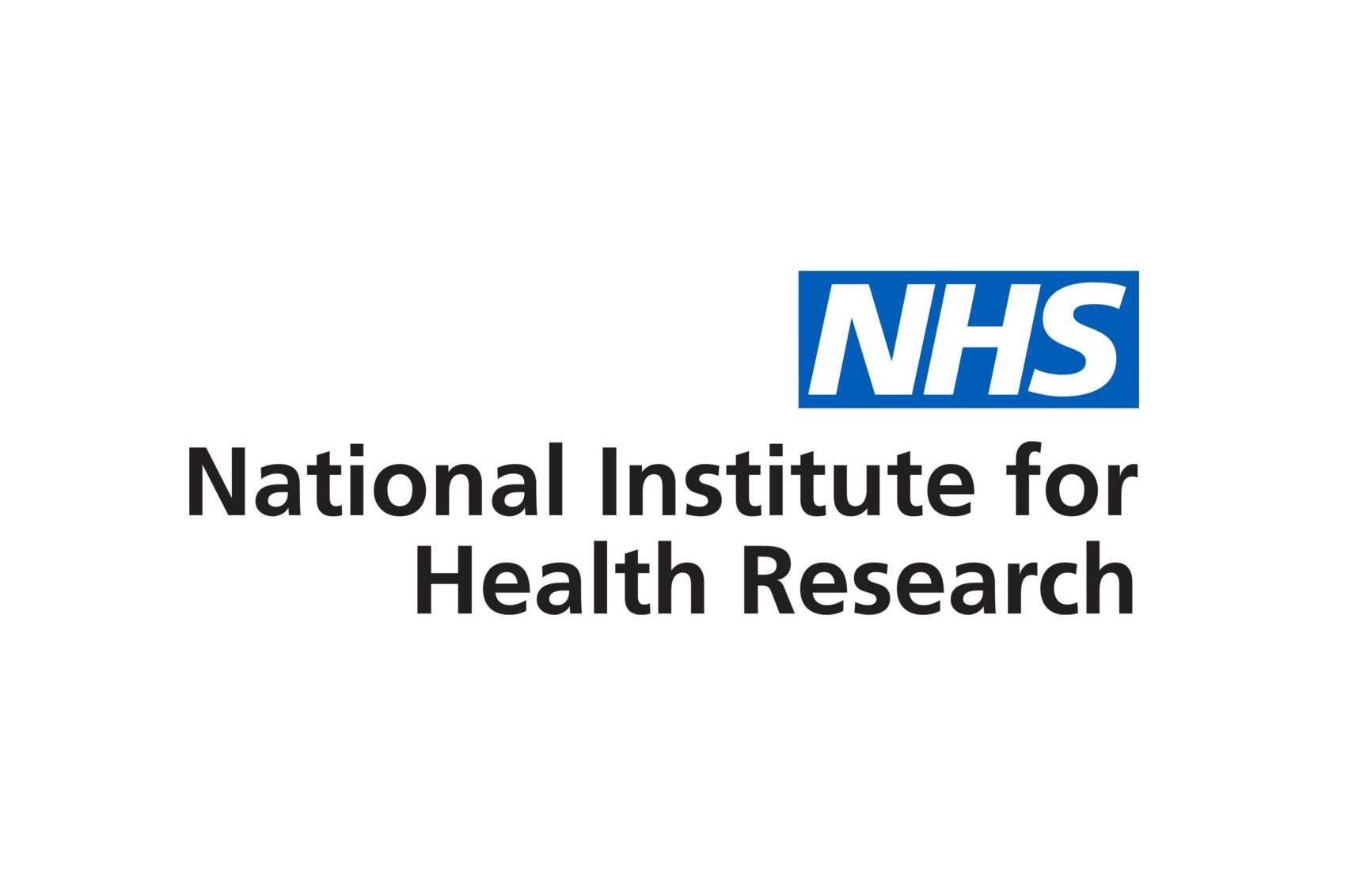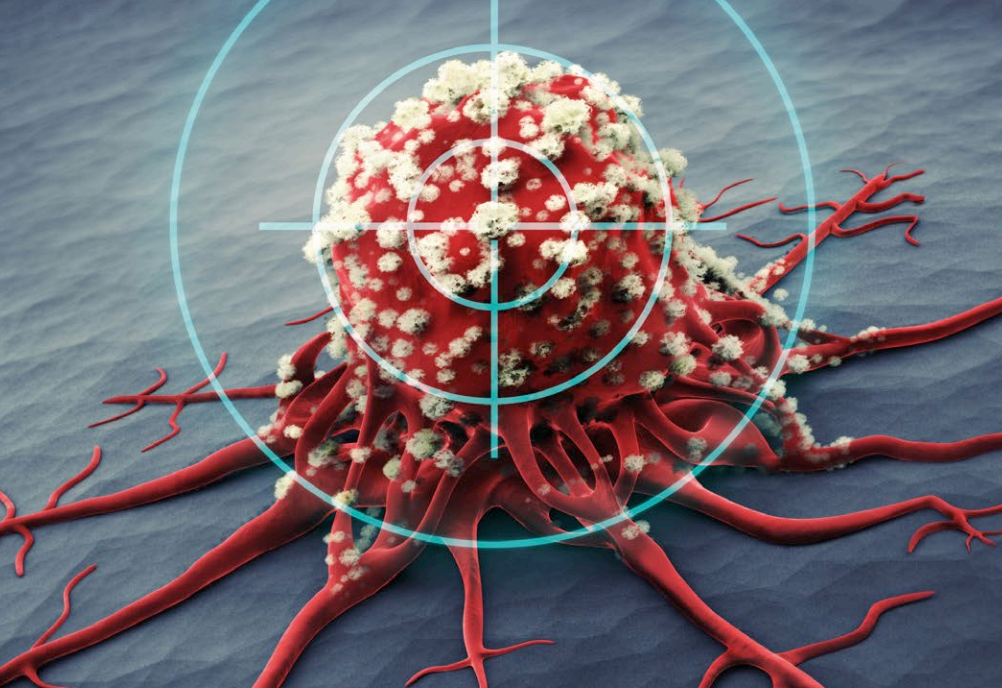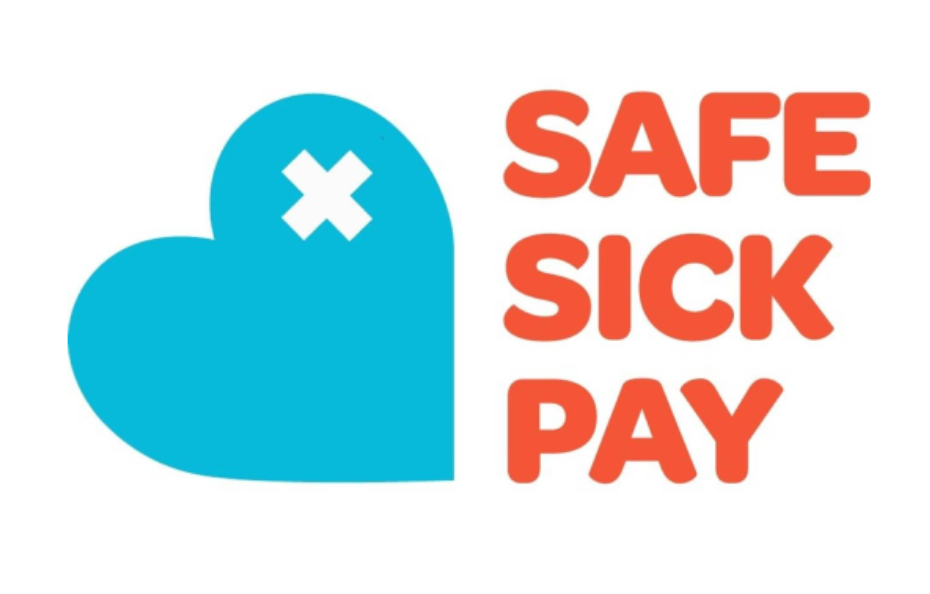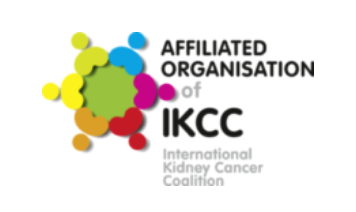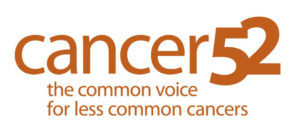Share this Page:
On 12 November 2020, the National Institute for Health Research (NIHR) launched five Patient Recruitment Centres (PRCs) around the country. Dr van’t Hoff, CEO of the NIHR PRCs opened the discussion about how these will work to increase patient recruitment into late phase commercial studies in England. These PRCs will strengthen UK clinical research and increase capacity to deliver commercial research. They will increase opportunities for patients, result in faster recruitment and better access to NHS services and clinicians. Each PRC has a budget of £1.3m and will work collaboratively to improve clinical trials, drive innovation, and make it easier to access clinical trials and innovative treatments. They will also help to attract more commercial research to the UK.
The five PRCs are:
- Newcastle: clinical director, Yan Yiannakou
- Exeter: clinical director, Helen Quinn
- Leicester: clinical director, Malanie J Davies
- Bradford: clinical director, Dinesh Saralaya
- Blackpool: clinical director, Gavin Galasko
Franchise model
The PRCs will all work in the same way and collaborate to cost clinical trials for pharmaceutical companies resulting in swift contracting and learning from each other.
The aim is to increase patient participation and best practice for clinical research. There will be common performance indicators and common standard operating procedures. They will be able to initiate commercial research quickly to hit performance targets. They will focus on commercial phase III/IV trials and will not be taking part in academic studies.
They will be able to deliver clinical trials quickly using their own strengths and collaborating to become stronger together for national and international studies using a single contracting model.
Quicker and easier
There will be commitment to recruitment of patients to benefit from clinical research and they will be able to recruit large numbers of patients quickly. The franchise model with a single costing centre will help with this. They have dedicated research teams to deliver high numbers of patients and provide high quality data. This was proven on the recent coronavirus vaccine trials where two of the UK centres were the highest recruiters in the world. This will help to prove that the UK can offer state-of-the-art phase III studies.
The NIHR has the best sites for clinical research. PRCs will be able to offer fast recruitment, ease of costing, high quality data etc. They will deliver high quality trials at a high standard of care and at speed using a common costing model.
Recruitment reach
The PRCs are the first NHS centres focused completely on commercial research. Each PRC has a large population reach within the local community via GPs, digital media, social media, patient registries, advertising, local radio for local community engagement. Optimum coverage of the country can be achieved via the location of the PRCs and the franchise model allows collaboration with neighbouring trusts, the NIHR and the Institute for Clinical Research. The model will break down barriers and make research more accessible to patients in hospitals, primary care and the community. The patient will be at the centre of this and patient and public involvement will inform bids for new clinical trials.
Innovation
A continuous flow of trials will provide a test bed for development. PRCs will learn from each other, from the community and from secondary care. They have just started recruitment for their first fully virtual clinical trial.
Clinical engagement
GP colleagues, secondary care specialists, highly qualified clinical trial teams and principal investigators who are key opinion leaders from the hospital will be used to improve credibility of the PRC. Training will be offered.
The infrastructure in the hospital trust gives the PRC the opportunity to engage with clinicians via existing clinical trials units. Reach to GPs is important for clinical engagement, as is support from nurses. The trust clinical trials centre gives the PRC access to pharmacy, radiology, research nurses, consultants and principal investigators. Some PRCs are conducting trials in around 25 specialities ranging from cardiology to cancer to infectious diseases. Support from the trust and consultants makes things easier.
Welcoming patients into the PRC and discussing their expectations facilitates a safe and welcoming environment, breaks down barriers, and makes the PRC more accessible to patients – patients want to come to the unit.
Clinical research needs to be embedded in NHS culture, hospitals, GPs, community etc. The facilities need to be patient-friendly and they need to bring patients to the forefront of what they are doing.
Restart
NHS and research need to deal with conditions other than COVID-19 and maintain a non-COVID-19 portfolio of trials. Patients need to be assured of the safety of the PRCs to keep these trials going.
Patient benefit
The PRCs need to be patient-centric to empower regular access to the units, enrich the patient experience and have patients involved in the centres. There needs to be local engagement via social media and advertising to improve understanding of research amongst patients and public and reduce the fear of clinical research. PRCs need good access, easy parking, comfortable waiting areas, access to refreshments etc. There needs to be a culture of compassion and care in the PRC. Compassionate care is held to account by patients because public money is being used to fund PRCs. The patient voice needs to be listened to for delivering well for the community and learning from each other.
There needs to be more opportunity for patients to be involved in studies that are relevant to them and more involvement of patients in the research strategy. Patient involvement is important to make clinical trials patient centric.
